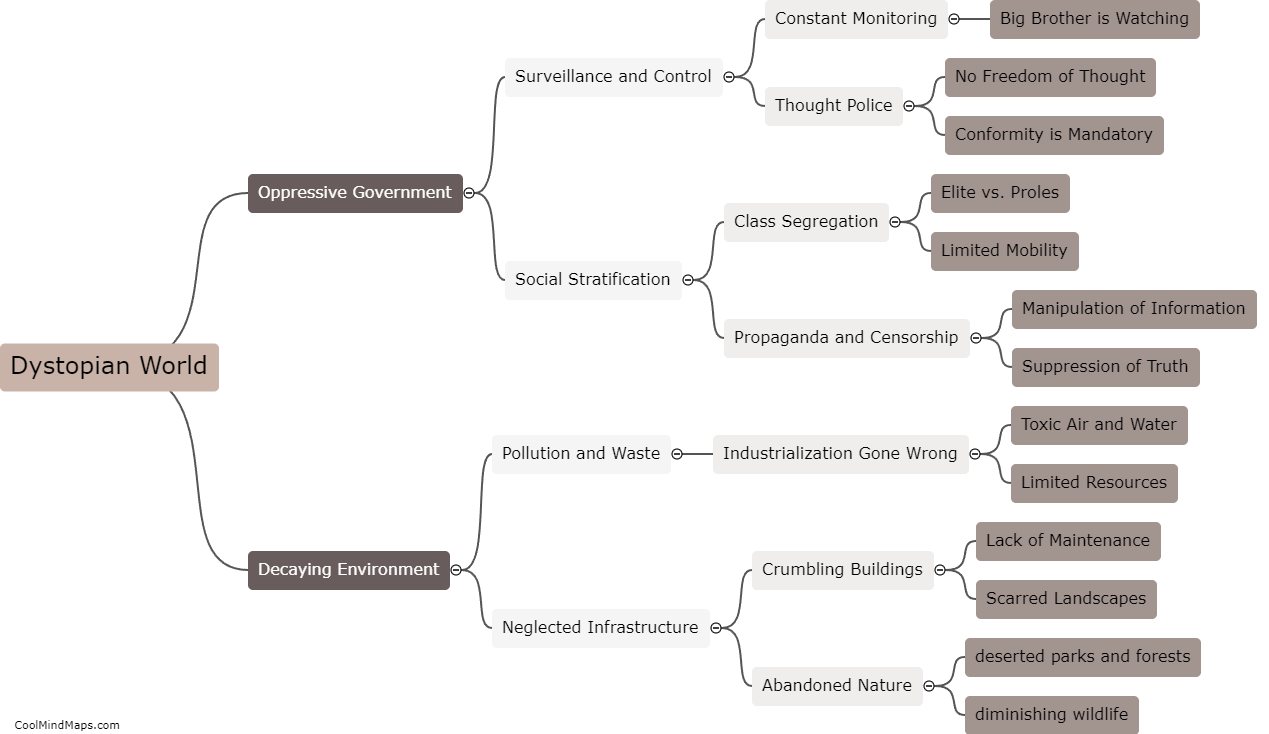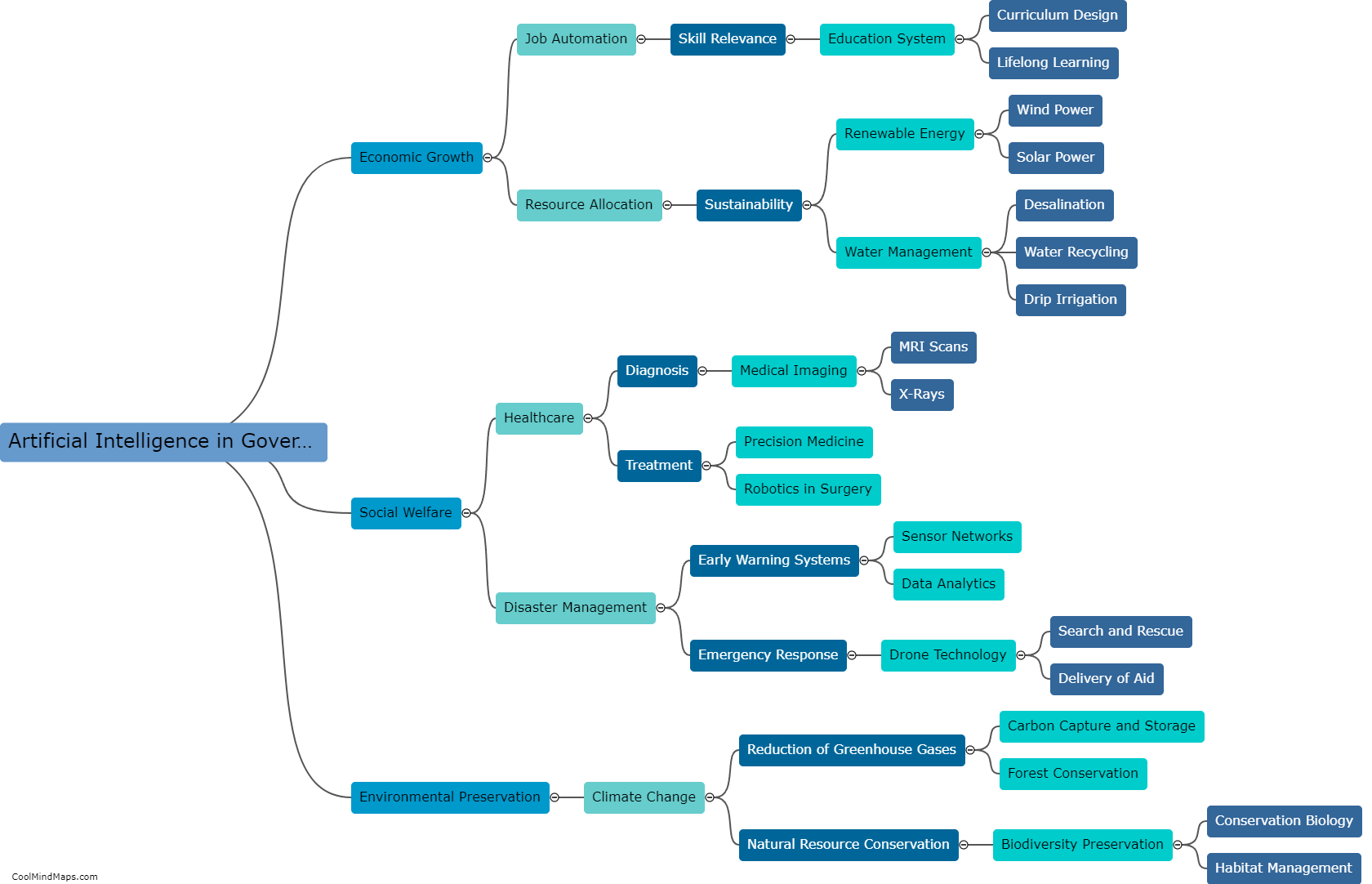How does bainbridge reflex contribute to heart rate regulation?
The Bainbridge reflex is an important mechanism in regulating heart rate by sensing changes in blood volume within the cardiovascular system. It is named after the British physiologist Francis Bainbridge who first described this reflex. When there is an increase in blood volume, such as during exercise or fluid overload, stretch receptors located in the walls of the atria of the heart are stimulated. These stretch receptors, known as atrial mechanoreceptors, send signals to the brain via the vagus nerve, stimulating a decrease in parasympathetic activity and an increase in sympathetic activity. This leads to an increase in heart rate, allowing for more efficient pumping of blood throughout the body and maintaining hemodynamic stability. The Bainbridge reflex serves as a vital mechanism for heart rate regulation, helping to maintain appropriate cardiac output in response to changes in blood volume.

This mind map was published on 26 November 2023 and has been viewed 250 times.











